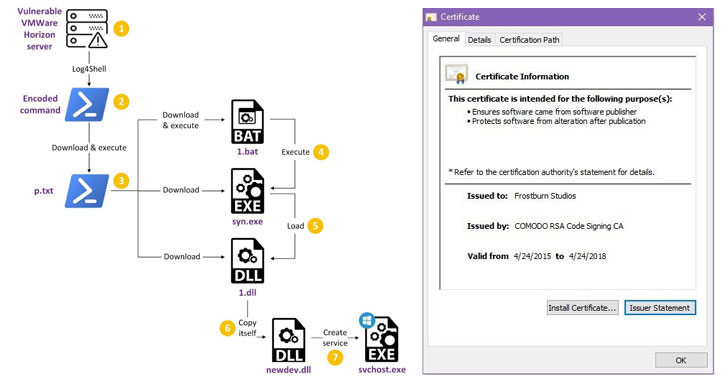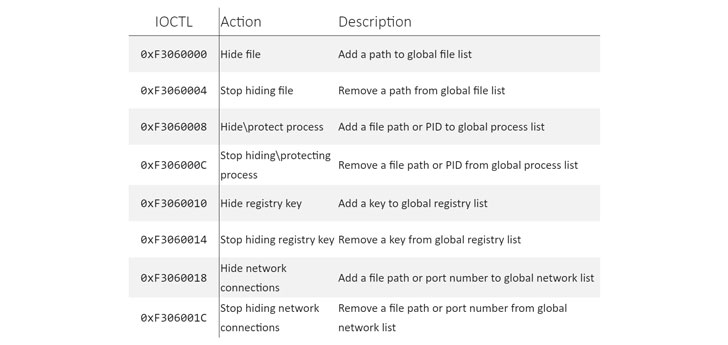Description

This post is co-authored by Collin Huber
Recent security events — particularly the threat actor activity from the Lapsu$ group, Spring4Shell, and various new supply-chain attacks — have the security community on high alert. Security professionals and network defenders around the world are wondering what we can do to make the organizations we serve less likely to be featured in an article as the most recently compromised company.
In this post, we’ll articulate some simple changes we can all make in the near future to provide more impactful security guidance and controls to decrease risk in our environments.
Maintain good cyber hygiene
Here are some basic steps that organizations can take to ensure their security posture is in good health and risks are at a manageable level.
1. Review privileged user activity for anomalies
Take this opportunity to review logs of privileged user activity. Additionally, review instances of changed passwords, as well as any other unexpected activity. Interview the end user to help determine the authenticity of the change. Take into consideration the types of endpoints used across your network, as well as expected actions or any changes to privileges (e.g. privilege escalation).
2. Enforce use of multifactor authentication
Has multifactor authentication (MFA) deployment stalled at your firm? This is an excellent opportunity to revisit deployment of these initiatives. Use of MFA reduces the potential for compromise in a significant number of instances. There are several options for deployment of MFA. Hardware-based MFA methods, such as FIDO tokens, are typically the strongest, and numerous options offer user-friendly ways to use MFA — for example, from a smartphone. Ensure that employees and third parties are trained not to accept unexpected prompts to approve a connection.
3. Understand vendor risks
Does your acquisition process consider the security posture of the vendor in question? Based on the use case for the vendor and the business need, consider the security controls you require to maintain the integrity of your environment. Additionally, review available security reports to identify security controls to investigate further. If a security incident has occurred, consider the mitigating controls that were missing for that vendor. Depending on the response of that vendor and their ability to implement those security controls, determine if this should influence purchase decisions or contract renewal.
4. Review monitoring and alerts
Review system logs for other critical systems, including those with high volumes of data. Consider reviewing systems that may not store, process, or transmit sensitive data but could have considerable vulnerabilities. Depending on the characteristics of these systems and their mitigating controls, it may be appropriate to prioritize patching, implement additional mitigating controls, and even consider additional alerting.
Always make sure to act as soon as you can. It’s better to enact incident response (IR) plans and de-escalate than not to.
Build a more secure supply chain
Risks are inherent in the software supply chain, but there are some strategies that can help you ensure your vendors are as secure as possible. Here are three key concepts to consider implementing.
1. Enumerate edge connection points between internal and vendor environments
Every organization has ingress and egress points with various external applications and service providers. When new services or vendors are procured, access control lists (ACLs) are updated to accommodate the new data streams — which presents an opportunity to record simple commands for shutting those streams down in the event of a vendor compromise.
Early stages of an incident are often daunting, frustrating, and confusing for all parties involved. Empowering information security (IS) and information technology (IT) teams to have these commands ahead of time decreases the guesswork that needs to be done to create them when an event occurs. This frees up resources to perform other critical elements of your IR plan as appropriate.
One of the most critical elements of incident response is containment. Many vendors will immediately disable external connections when an attack is discovered, but relying on an external party to act in the best interest of your organization is a challenging position for any security professional. If your organization has a list of external connections open to the impacted vendor, creating templates or files to easily cut and paste commands to cut off the connection is an easy step in the planning phase of incident response. These commands can be approved for dispatch by senior leadership and immediately put in place to ensure whatever nefarious behavior occurring on the vendor’s network cannot pass into your environment.
An additional benefit of enumerating and memorializing these commands enables teams to practice them or review them during annual updates of the IRP or tabletop exercises. If your organization does not have this information prepared right now, you have a great opportunity to collaborate with your IS and IT teams to improve your preparedness for a vendor compromise.
Vendor compromises can result in service outages which may have an operational impact on your organization. When your organization is considering ways to mitigate potential risks associated with outages and other supply chain issues, review your business continuity plan to ensure it has the appropriate coverage and provides right-sized guidance for resiliency. It may not make business sense to have alternatives for every system or process, so memorialize accepted risks in a Plan of Action and Milestones (POAM) and/or your Risk Register to record your rationale and demonstrate due diligence.
2. Maintain a vendor inventory with key POCs and SLAs
Having a centralized repository of vendors with key points of contact (POCs) for the account and service-level agreements (SLAs) relevant to the business relationship is an invaluable asset in the event of a breach or attack. The repository enables rapid communication with the appropriate parties at the vendor to open and maintain a clear line of communication, so you can share updates and get critical questions answered in a timely fashion. Having SLAs related to system downtime and system support is also instrumental to ensure the vendor is furnishing the agreed-upon services as promised.
3. Prepare templates to communicate to customers and other appropriate parties
Finally, set up templates for communications about what your team is doing to protect the environment and answer any high-level questions in the event of a security incident. For these documents, it is best to work with legal departments and senior leadership to ensure the amount of information provided and the manner in which it is disclosed is appropriate.
- Internal communication:Have a formatted memo to easily address some key elements of what is occurring to keep staff apprised of the situation. You may want to include remarks indicating an investigation is underway, your internal environment is being monitored, relevant impacts staff may see, who to contact if external parties have questions, and reiterate how to report unusual device behavior to your HelpDesk or security team.
- External communication: Communication for the press regarding the investigation or severity of the breach as appropriate.
- Regulatory notices:Work with legal teams to templatize regulatory notifications to ensure the right data is easily provided by technical teams to be shared in an easy-to-update format.
Complex software supply chains introduce a wide range of vulnerabilities into our environments – but with these strategic steps in place, you can limit the impacts of security incidents and keep risk to a minimum in your third-party vendor relationships.
Additional reading:
- 4 Fallacies That Keep SMBs Vulnerable to Ransomware, Pt. 1
- The VM Lifecycle: How We Got Here, and Where We’re Going
- An Inside Look at CISA’s Supply Chain Task Force
- Log4Shell 2 Months Later: Security Strategies for the Internet’s New Normal





















